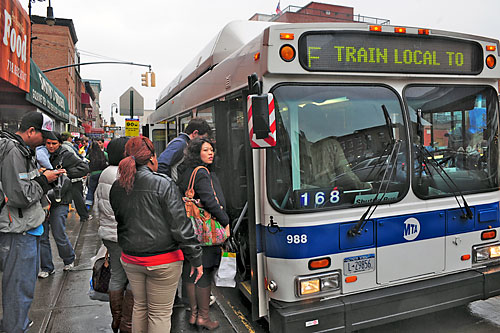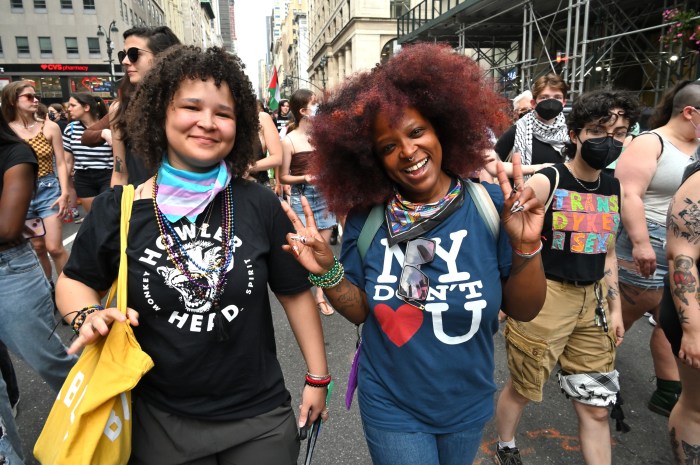The 7th Avenue stop in Park Slope is finally slated for an elevator, the Metropolitan Transportation Authority announced this month — after years of grassroots advocacy from neighborhood residents.
The station will receive three elevators at the intersection of Ninth Street under the current plan, a project residents and local elected officials have pushed for for over six years.
“When we got word the other day it was unbelievable — we were so thrilled,” said Joyce Jed of Good Neighbors Park Slope, a group of older adults who have advocated for the lift since the beginning.
Organizing efforts started in earnest with an online petition in 2014. The sign-up sheet, created by Jed and Jasmine Melzer, quickly grew into a multi-organization effort to bring an elevator to the train station closest to Methodist Hospital.
But that wasn’t the first mention of a 7th Avenue station elevator, according to Councilman Brad Lander, who said he remembers hearing about it when he first ran for office in 2010.
The years-long effort included lobbying at MTA board meetings, petitions, rallies, and the use of the Participatory Budgeting process for a $250,000 down payment on the elevator, a small drop in the bucket towards the millions the elevator will cost to build.
“I think this was the first project like that, where the funding was not all in evidence,” Lander said. “I think the only reason that happened was that the campaign already existed, and the folks involved in it had a pitch to make about how the down payment idea really would help show the neighborhood’s commitment to and support for this campaign.”
The station is perfectly situated for an elevator, advocates have long argued, due to its location in between two stops that already have them — Church Avenue to the south and Jay Street Metrotech to the north — and its proximity to both Methodist Hospital and the Park Slope Center for Successful Aging.
For years the Authority maintained that it could not add any stations to its roster to receive accessibility upgrades until it completed its existing list of elevators they had been working on for roughly a decade.
Advocates focused their efforts on having the Park Slope station named along with the next round of stations.
“Our main goal as Good Neighbors of Park Slope, was the next time the MTA did a list of stations to be made accessible, we wanted to be on it,” said Melzer, of Good Neighbors. “It got to the point where I’d go to a CB6 meeting, and if Brad Lander was there he’d be talking about transit, bus lines or something, and he’d look at me and say ‘and I know, you need an elevator.’”
The 2018 capital plan unveiled by then-New York City Transit President Andy Byford inspired hope for elevator advocates, due to the plan’s calls for an ambitious expansion of accessibility projects throughout the station. A rally staged by accessibility groups and local elected officials outside the station in November of 2018 called for it to be included in the next round of accessibility upgrades included in the capital plan, which at that point included no details on what stations were slated for upgrades.
The pandemic dulled the spark of elevator-hopefuls in the neighborhood, as the Authority’s finances were battered by a pandemic-induced drop off in ridership, and the fate of capital projects like elevators became reliant on federal funds.
“When the pandemic happened we were so sad,” said Jed. “We thought ‘This is it, we’ll never get it.’”
But, the Authority announced in mid-December its next round of accessibility upgrades, which will include Seventh Avenue, as well as the Grand Street and Metropolitan Avenue stations in Williamsburg. The recently passed federal stimulus bill includes $4 billion slated for the Metropolitan Transit Authority, which the agency says is enough to keep the lights on and work on accessibility upgrades through 2021, but short of the $12 billion it will need to avoid a calamity in the years to come.
Lander credits the slated upgrades with the years of work and advocacy locals put in to make their demands heard.
“This really has been a long-standing that folks are hungry for in the neighborhood,” he said. “It’s great when there is a community campaign and it works.”

















